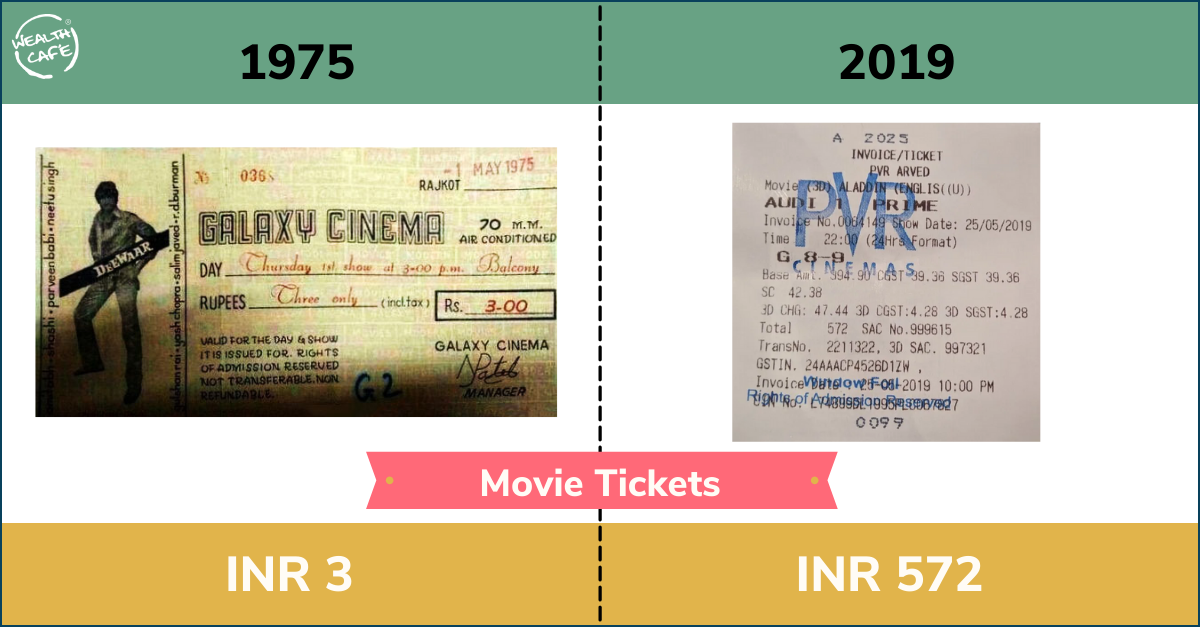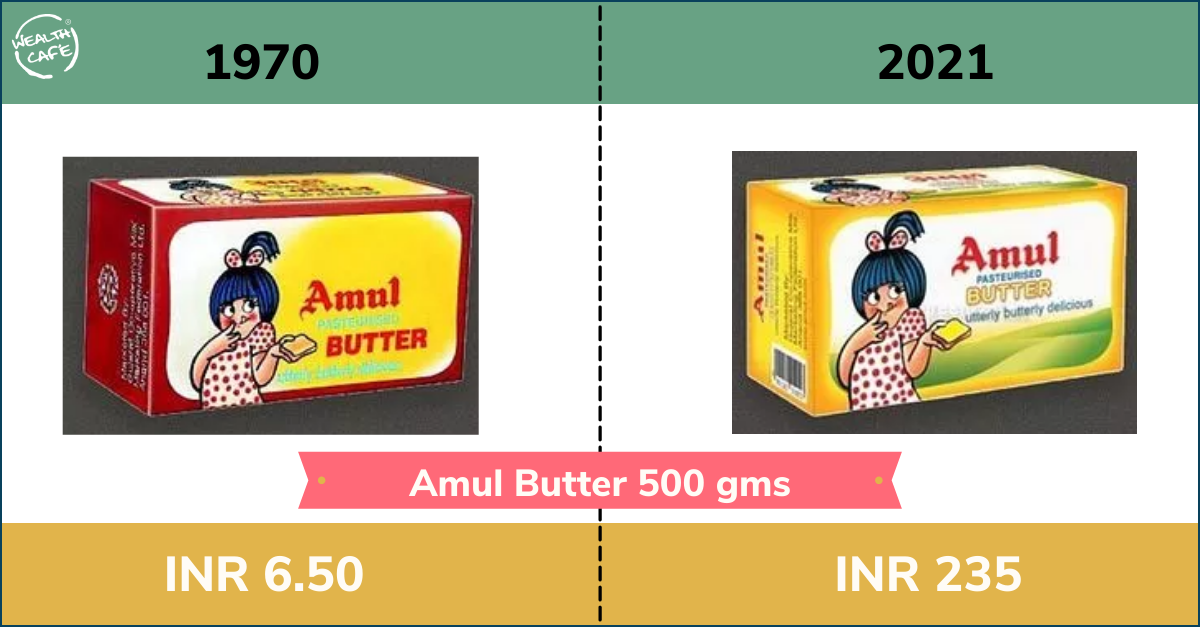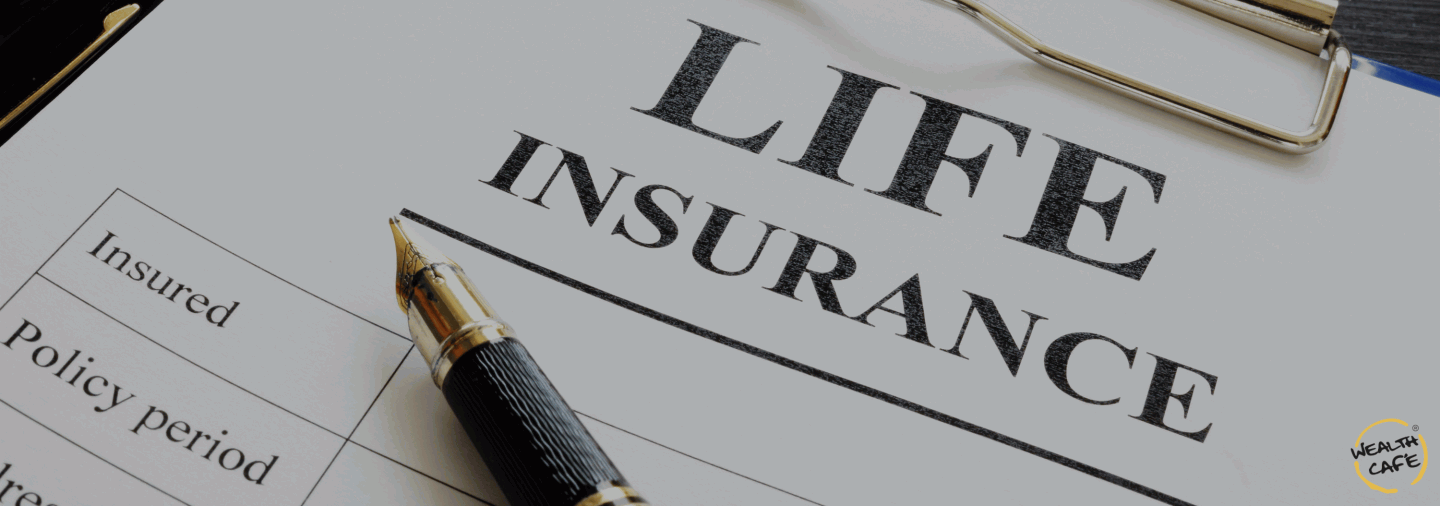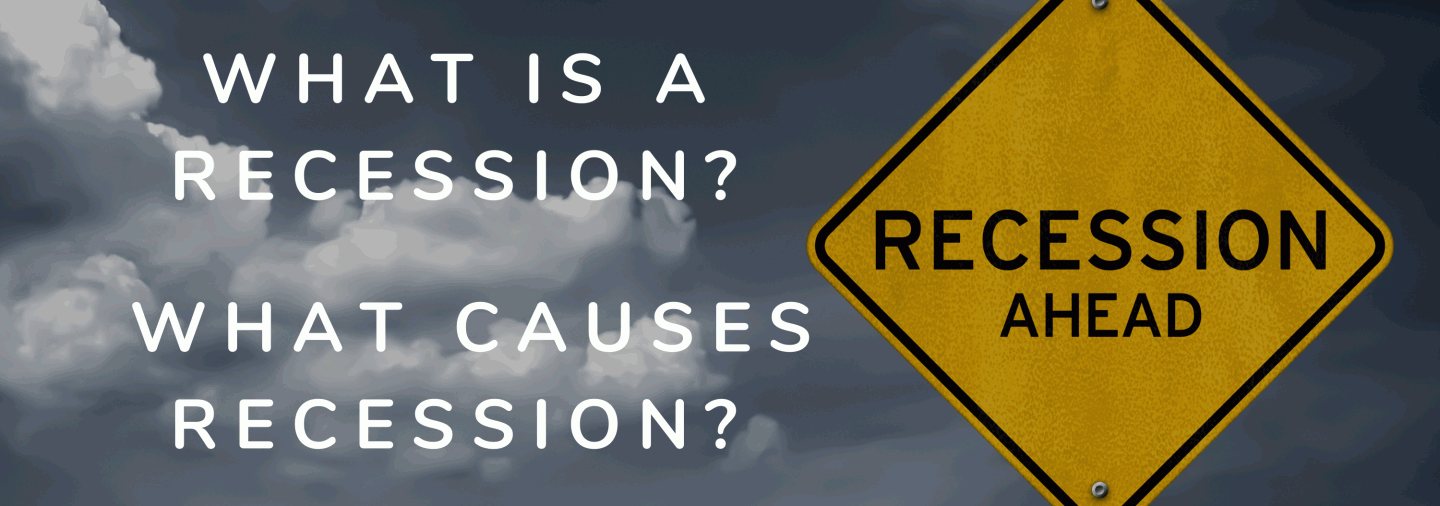It’s no secret that pregnancy comes with a long to-do list. There are the obvious tasks (setting up a nursery and baby proofing your home), and the less so (applying for baby’s aadhar card and opening a bank account). Things might get difficult to manage when the baby arrives but with a little bit of planning, you can get a head start on these crucial to-dos to save you time (and stress) once the baby arrives.
So here is your handy guide to getting the baby's important documents – from where you can get them, to how to go about applying for it, and everything in between! But before you even plan to make any of the following documents, it is important to name your child. Always remember, to mention your child's name without any spelling errors - even a letter change or an extra space can make a huge difference.
1. Birth Certificate
Let’s start with the very first document you need- Baby’s Birth certificate. This is a vital and mandatory document that you would have to prepare for your child within the first 21 days of the child’s birth, by filling up the form prescribed by the Registrar. It contains details such as time and date of birth, location, gender and parents’ names. Most Birth Certificates today contain the name of the child unlike in earlier times, which makes it a valid Proof of Identity. It usually takes up to seven days for the authorities to issue a birth certificate. However, if due to some reason, you fail to register your child within the stipulated time, you will have to pay a late fee.
Documents needed: Self-attested declaration stating the purpose to be submitted to the Corporation along with the form issued by the hospital.
2. Aadhar Card
Starting from gas subsidies to working as valid residence proof, the Aadhar Card has numerous benefits and it only takes a little time and effort to make one for your child.
Getting an Aadhar card for a newborn involves no biometrics. You just need to book an appointment online by logging in to the official UIDAI website. Your child will be processed on the basis of demographic information and facial photographs linked with your UID. However, you need to update their biometrics of ten fingers, iris and facial photographs, when they turn 5 and 15.
Documents needed:
- Child’s Birth certificate
- Aadhar Card details of either/both parents of the child
Note: Original copies for both these documents will be required for the verification process.
3. Bank Account
Opening a bank account is one of the most important steps to undertake. Once you have a kid you will start getting gifts on their birthday as well as at various festivals. Many times these gifts include cash which you tend to spend here and there. Instead, you can deposit all these gifts in cash in their savings account behalf of them.
Documents required to open a bank account for a minor:
- Child’s Birth certificate
- KYC documents of the parents/guardian.
- Child’s Aadhaar card.
- Specimen signature of a guardian. The minor's specimen signature if he/she is 10 years old or above.
4. Pan Card (optional)
Many people face the question - of whether a minor can apply for a PAN Card as it acts as an important identity proof. The answer is yes, it is possible and the procedure for applying it is a simple and streamlined one. You need to submit an application on the official website of NSDL. Upon submitting the application, you will get a receipt number using which you can track the PAN card application of your ward. Usually, the PAN card reaches your given address within 15 days of successful verification.
Documents needed:
- Child’s Certificate of Birth
- Child’s Aadhaar card
- Child’s Photo
- ID and address proof of the parents
5. Passport (Optional)
A valid Indian passport holds a lot of importance and is considered an accepted Proof of Identity and Proof of Address for procuring various other documents and even for school admission procedures. Thanks to simplified computerised procedures, getting a passport for your child is no longer a hurdle.
You can book an online appointment at www.passportindia.gov.in and after booking an appointment on the website, you can reach the PSK (Passport Service Kendra) with your child at the allotted time slot to avoid unnecessary waiting.
Documents needed:
- Child’s Certificate of Birth
- Child’s Aadhar Card
- Filled and signed Annexure H which can be procured from the Passport Seva Kendra website.
- Identification photograph of the child against a white or light-coloured background.
- Arrangement receipt
- Marriage certificate if the spouse's name has not been endorsed on a parent's Passport
Now that all the documents are in place you need to start planning for their investments. In case you have a girl child you can open a Sukanya Samriddhi Account.
We hope this was useful for you. In case of any queries, you can reach out to us at iplan@wealthcafe.in




















